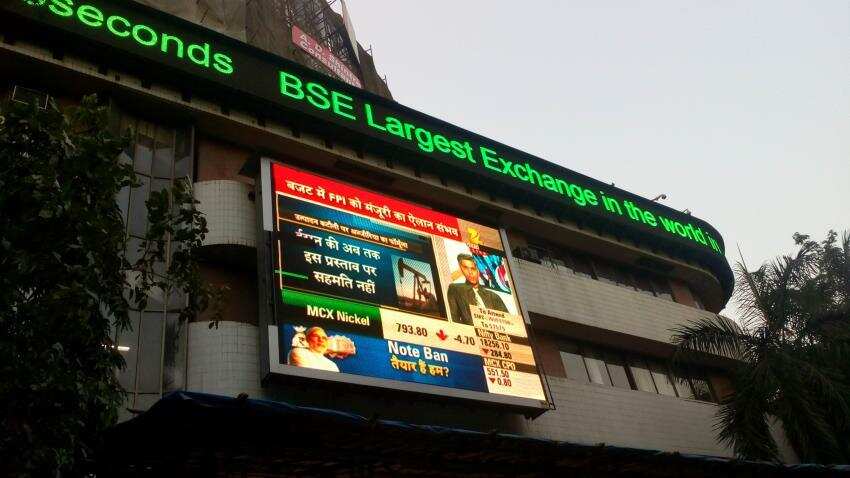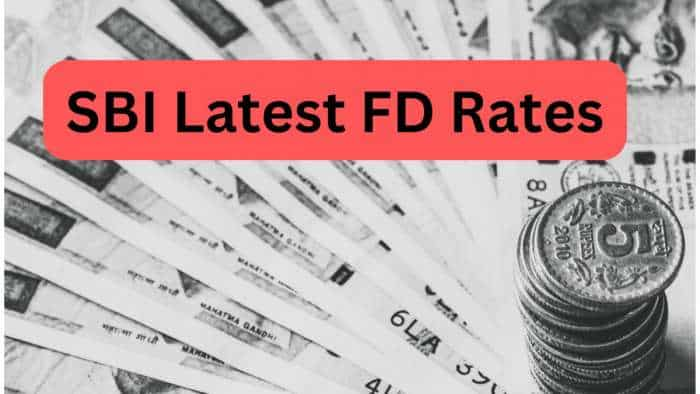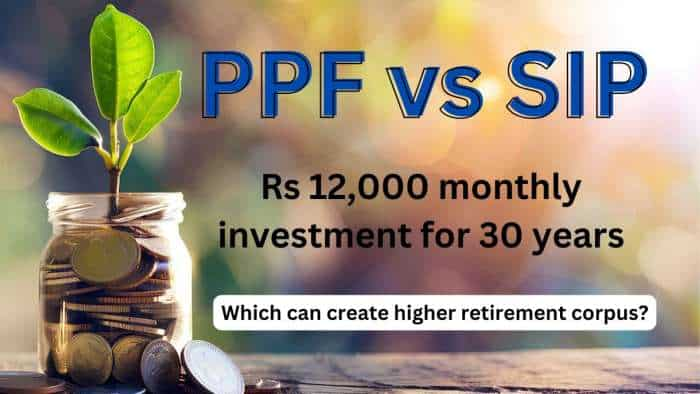Reforms induce bull run in equity markets despite some volatility
However, the year was not without its share of lows -- from dampening second quarter growth numbers to the chaos that followed the Goods and Services Tax (GST) implementation and threat of a nuclear showdown in the Korean peninsula -- induced volatility in the indices.

Economic reforms, coupled with political stability and prospects of higher future growth led market participants to bet "big and long" on the Indian equity markets during 2017.
However, the year was not without its share of lows -- from dampening second quarter growth numbers to the chaos that followed the Goods and Services Tax (GST) implementation and threat of a nuclear showdown in the Korean peninsula -- induced volatility in the indices.
According to market observers, despite a continuous outflow of foreign funds, the future potential of the Indian equity markets encouraged domestic traders to take a long-term view of their investments.
The upward traction led the key equity indices -- Sensex and Nifty50 -- to close higher by 28% and 29% respectively.
The barometer 30-scrip Sensitive Index (Sensex) of the BSE augmented by a massive 7,430 points or 27.90% to close at 34,056.83 points from last year`s close at 26,626.46 points.
The small-cap and mid-cap indices outperformed the Sensex on the back of strong liquidity. During 2017, the S&P BSE mid-cap index surged over 47% and the small-cap index by over 58%.
On the National Stock Exchange (NSE), the broader Nifty50 surged by an equally impressive 2,344.90 points or 28.64% to close at 10,530.70 points from its 2016 close at 8,185.80 points.
"The year 2017 has been a great year for Indian stock market as it grew by approximately 28% driven by liquidity, following likely continuity in economic policies, government initiatives and reforms, improvement in corporate earnings (expected) and positive global cues," D.K. Aggarwal, Chairman and Managing Director, SMC Investments and Advisors told IANS.
Not just on a standalone level, the Sensex and Nifty50 were amongst the best in attaining healthy growth rates globally. They were the best performing benchmark indices among the BRICS (Brazil, Russia, India, China, South Africa) group of countries.
In terms of events, the after-effect of demonetisation (November 8, 2016) and the mid-year roll-out of the one-tax GST system had a profound impact on the markets.
"Demonetisation witnessed large-scale cash deposits in equities and mutual funds (MFs) emerged as preferred investment options," Anand James, Chief Market Strategist, Geojit Financial Services, told IANS.
"Retail investors gradually started moving away from low yield assets like fixed deposits and are flocking towards MFs with around Rs 5,000 crore worth of SIPs (systematic investment plan) every month," he added.
The other key event was implementation of the GST. It had resulted in short-term disruptions in businesses and subsequently impacted equity indices, said analysts.
"The immediate impact of GST implementation led to slowdown in revenues and earnings of various cash led sectors, however, the impact is expected to fade in Q3 FY18 earnings," Anita Gandhi, Whole Time Director at Arihant Capital Markets, told IANS.
Along with demonetisation and GST, other domestic cues like state elections and sectoral reforms kept the equity markets largely busy which had mitigated the impact of global volatility during the year.
"Global markets did not have a great influence on Indian markets in 2017 except for temporary swings in line with the mood elsewhere. Interest rate rise abroad has led to some slowing down of FIIs (foreign institutional investors) inflows," Deepak Jasani, Head, Retail Research, HDFC Securities, told IANS.
Provisional figures from the Securities and Exchange Board of India revealed that during the year, cash flows of FIIs were worth Rs 51,215 crore and of domestic institutional investors Rs 114,824 crore.
On the currency front, the Indian rupee performed well this year in comparison with its Asian peers -- appreciating by almost six% -- on the back of strong inflows into local equities.
The rupee appreciated by 5.99% to close at 63.87 to a dollar on December 29 compared to its last year`s close at 67.94 per dollar.
On the BSE, all the sub-indices closed the year in green. The S&P BSE realty index was the top sectoral gainer despite implementation of Real Estate (Regulation and Development) Act, which edged higher by 105.42%. The S&P BSE healthcare index gained the least with 0.30%.
The top five gainers on the BSE were Tata Steel (up 87.84%), Maruti Suzuki (up 80.92%), Bharti Airtel (up 73.92%), Reliance Industries (up 71.17%) and Hindustan Unilever (up 64.27%).
The top five losers were Tata Motors (DVR) (down 20.54%), Dr Reddy`s Laboratories (down 20.49%), Coal India (down 12.35%), Tata Motors (down 11.23%) and Sun Pharma (down 9.82%).Highlights:
Get Latest Business News, Stock Market Updates and Videos; Check your tax outgo through Income Tax Calculator and save money through our Personal Finance coverage. Check Business Breaking News Live on Zee Business Twitter and Facebook. Subscribe on YouTube.
RECOMMENDED STORIES

Power of Rs 15,000 SIP: How long it will take to achieve Rs 7 crore corpus? See calculations to know

Largecap, Midcap Stocks To Buy: Analysts recommend buying L&T, Tata Motors, 3 other stocks for 2 weeks; check targets

Largecap PSU Stock for 65% Gain in New Year: Anil Singhvi picks PSU bank for long term; know reasons and target prices

SBI Latest FD Rates: PSU bank pays these returns to senior citizens and other depositors on 1-year, 3-year and 5-year fixed deposits
06:22 PM IST










 Return of investor interest to China, erratic monsoon poses challenges for Indian markets: Experts
Return of investor interest to China, erratic monsoon poses challenges for Indian markets: Experts As Fed holds key rate after 15 months, 10 things to know before opening bell on D-Street
As Fed holds key rate after 15 months, 10 things to know before opening bell on D-Street From global cues to US inflation, 10 things to know before the opening bell today
From global cues to US inflation, 10 things to know before the opening bell today From global cues to macro data, 10 things to know before the opening bell today
From global cues to macro data, 10 things to know before the opening bell today FPI flows will improve; multinationals have high interest in Indian markets: Ridham Desai
FPI flows will improve; multinationals have high interest in Indian markets: Ridham Desai